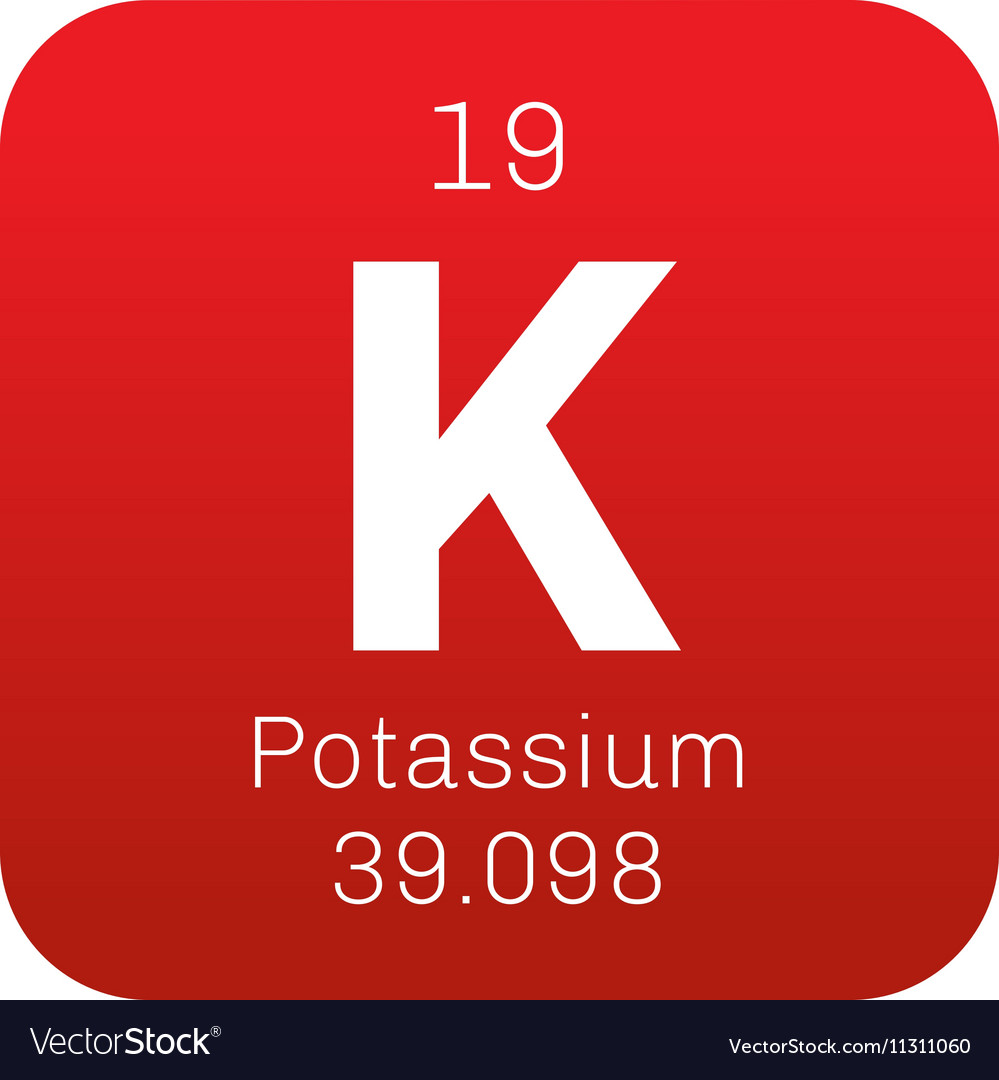


In 1807, Sir Humphry Davy isolated metallic potassium from molten potassium hydroxide (caustic potash) using electrolysis. Additionally, naturally occurring potassium is composed of three isotopes, two stable and one radioactive, and as such it is the most common radioactive element present in the human body.įor centuries prior to the element’s discovery, humans had used potash ( potassium carbonate) in glass, soaps, and other applications, obtaining the compound by leaching wood ashes. Though potassium is nontoxic, it is classified as a hazardous material because of its dangerous reaction with water. Potassium is the second least dense element that is solid at room temperature (behind lithium), and it is one of only three elements (with sodium and lithium) capable of floating on hydrocarbon-based mineral oil. It is extremely reactive because of its high electropositivity and will explode violently in contact with water, quickly converting to potassium hydroxide and liberating hydrogen gas. Elemental potassium is typical of the alkali metals: it is a waxy solid soft enough to be cut with a knife, initially silvery in appearance, but rapidly darkens when exposed to oxygen in the air. American Elements: The Materials Science Company™ | Certified bulk & lab quantity manufacturer of metals, chemicals, nanoparticles & other advanced materialsĪt 2.4% by mass of the earth’s crust, potassium is the 7th most abundant element in the earth’s crust, present in seawater, most soils, and minerals such as orthoclase, sylvite, carnallite, kainite, and langbeinite.


 0 kommentar(er)
0 kommentar(er)
